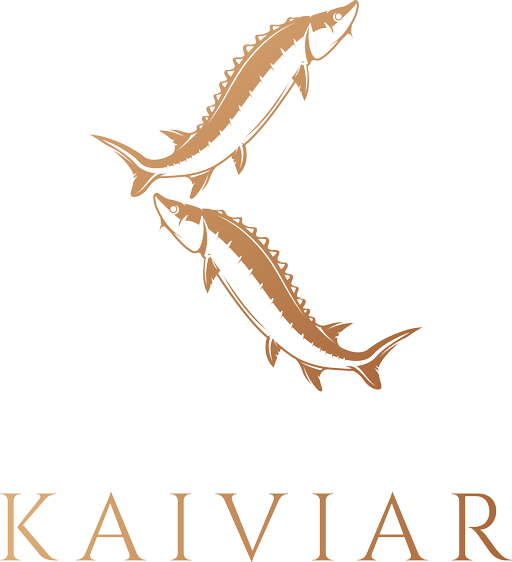Informational
The sustainability of Caviar
Caviar is a delicacy enjoyed by many worldwide, however, it is also a product that has been controversial due to its impact on the environment. The overfishing of sturgeon fish has brought down it’s populations in the wild, and one the factors is caviar. In recent years, wild life experts and conservationalist have been concerned about sustainability in caviar production. In this blog post, we will examine the sustainability of caviar production, with a focus on its distribution.
Distribution
The distribution of caviar plays a critical role in promoting sustainability in its production. The traditional method of caviar production involves harvesting sturgeon from the wild which negatively impact on their populations. However, in recent years, there has been a shift towards the cultivation of sturgeon in farms, which has helped to reduce the impact of caviar production on wild populations. Cultivation of sturgeon in farms is a more sustainable approach, as it reduces the pressure on wild populations and ensures a consistent supply of high-quality caviar.
Another aspect of distribution that is important for sustainability is transportation. Fisheries must transport the caviar quickly and efficiently to maintain its quality because it is easily perishable. In the past, caviar was often transported by air, which contributed to carbon emissions and environmental damage. Today, many distributors are shifting towards more sustainable transportation methods, such as shipping by sea or road transport, which have a lower carbon footprint.
In addition to sustainable transportation, packaging also plays a role in promoting sustainability in caviar distribution. Many caviar distributors now use eco-friendly packaging materials, such as biodegradable plastics, recycled paper, and reusable containers. This helps to reduce the amount of waste generated by caviar production and distribution and promotes a more sustainable approach.
Promoting Sustainable Caviar Production
Promoting sustainable caviar production is critical to ensuring the longevity of the industry and protecting sturgeon populations in the wild. The cultivation of sturgeon in farms is one approach to promoting sustainability in caviar production. This approach allows for the control of breeding and harvesting, ensuring that the process is done in a way that is both ethical and sustainable.
Another approach to promoting sustainability in caviar production is through certification and regulation. Many organizations have developed certification programs to promote sustainable practices in caviar production, such as the Aquaculture Stewardship Council (ASC) and the Best Aquaculture Practices (BAP) program. These programs provide guidelines and standards for sustainable caviar production and help to ensure that the product is produced in an ethical and sustainable way.
Conclusion
Sustainability is an important aspect of caviar production, and its distribution plays a critical role in promoting sustainability. Cultivation of sturgeon in farms, eco-friendly packaging, and sustainable transportation methods are all important steps towards promoting sustainability in caviar production. Certification and regulation also play a critical role in promoting sustainable practices. As consumers become more environmentally conscious of the impact of their purchases. This will push for more laws promoting sustainability in caviar productions that will become increasingly important to the longevity of the industry and the protection of sturgeon populations in the wild.


